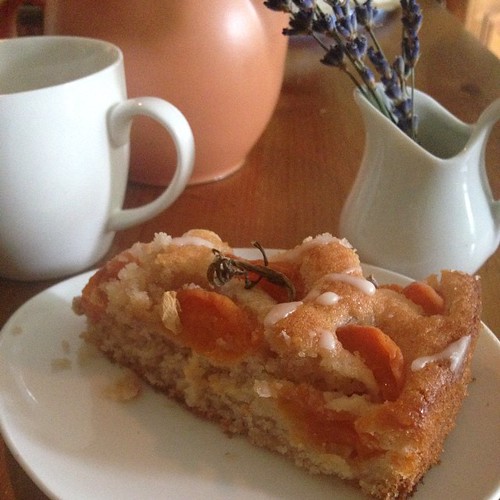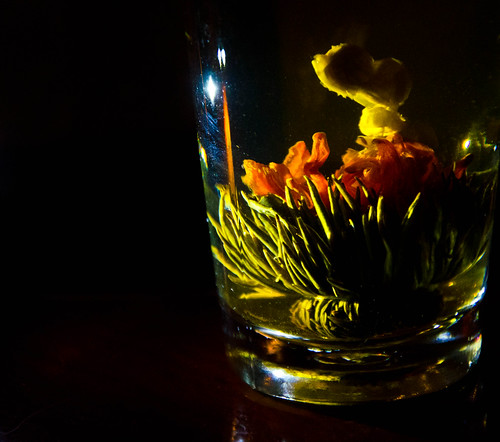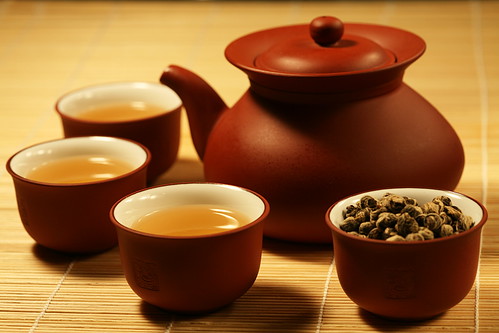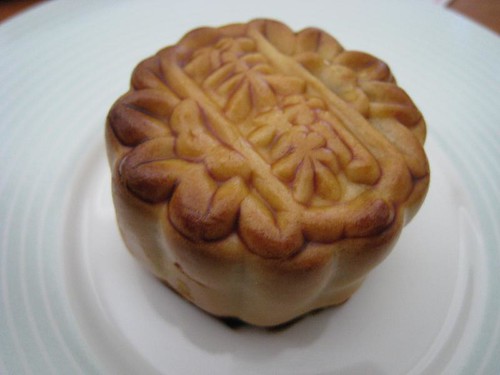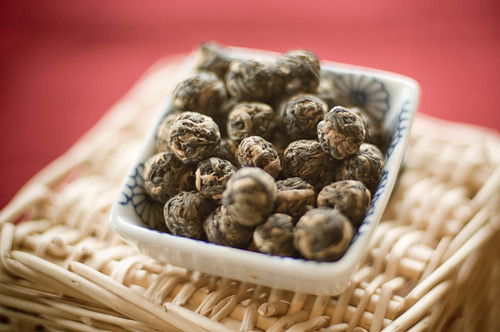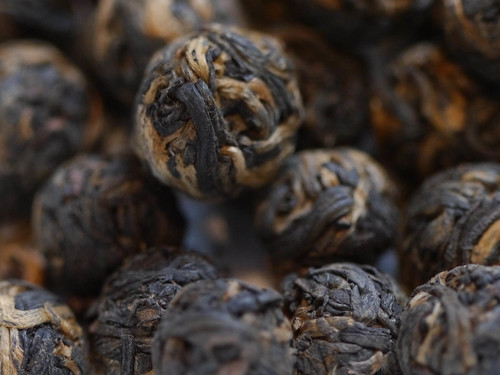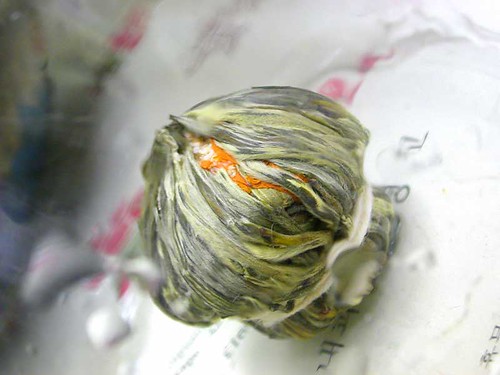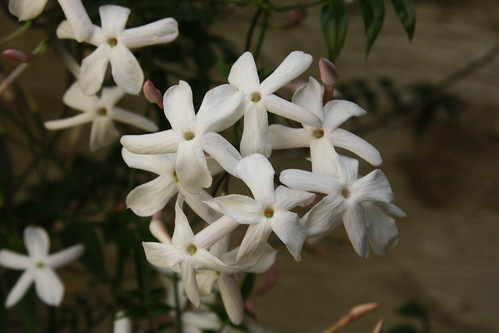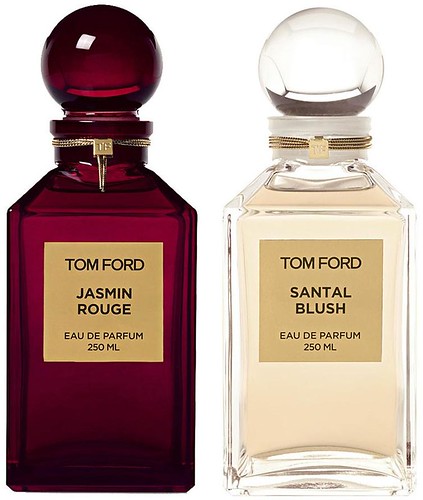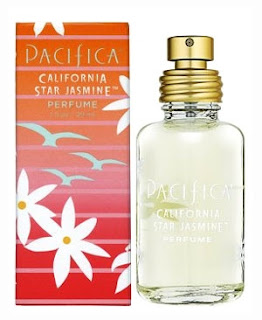A La Nuit

A La Nuit is moonlit jasmine in all its glory. Jasmine is both radiant and forceful, delicate and at the same time larger-than-life.
This jasmine night opens with the intoxicating perfume of the flowers as they intensify in the dimming sunlight of summer sunset. As the light turns from burnt orange and hot pink into deep indigo, silvery streaks of moonbeams shine light on the little flowers on a climbing vine.
I've already expressed the difficulty to describe jasmine as a standalone. How can one explain its scent, dissect its facets and do it justice? I feel the same about A La Nuit, because it is a true jasmine perfume. It shows jasmine's complexity and beauty without sugar-coating it, prettyfing it with a bunch of musk and/or vanilla, nor exaggerating its already outspoken character.
The first time I smelled A La Nuit I thought to myself "It smells like jasmine, what's the big deal?". If it wasn't for all the jasmine garbage that's out there (and which much of which I've been testing in the past three weeks), I would have dismissed this remarkable achievement. A La Nuit is a rare case that smells like the living and breathing flower, or the freshly picked blossoms before they undergo any extraction - by solvent, enfleurage or any other method. It's the pure scent of the tender flowers as you tickle your nostrils with their cool petals and just dive into this otherworldly, yet at the same time very earthly indulgence. The description on LuckyScent is quite neat and accurate, also just as a writeup on jasmine. Smelling A La Nuit also reminds me of Mandy Aftel's words:
"Its small, white, waxy blossoms exhale a perfume so peculiar as to be incomparable. TO walk past the flowering shrub in the evening is to be enveloped in the most glorious door, which turns an ordinary street corner into a boudoir." (Fragrant, p. 205)
My only reservation about this perfume is not exactly its longevity, but its evolution. On me the sensational stage of jasmine lasts a very brief, even if euphoric time. But perhaps this is a blessing in disguise - as I find too many floral fragrances to be cloying and headache inducing. It does, however, paint a jasmine-y picture without boiling down to the redundant musky-vanilla boredom that I've been mostly smelling in the last few weeks. Of all the jasmine-themed perfumes I've tested, this is by far the best, rivalled only by Jasmin Rouge. But given that my buying priorities usually favour purchasing raw materials over fragrances - I'd take the nearly $400 that both bottles cost, and spend it on an ounce each of the best ever jasmine grandiflorum and jasmine samba absolutes!
This jasmine night opens with the intoxicating perfume of the flowers as they intensify in the dimming sunlight of summer sunset. As the light turns from burnt orange and hot pink into deep indigo, silvery streaks of moonbeams shine light on the little flowers on a climbing vine.
I've already expressed the difficulty to describe jasmine as a standalone. How can one explain its scent, dissect its facets and do it justice? I feel the same about A La Nuit, because it is a true jasmine perfume. It shows jasmine's complexity and beauty without sugar-coating it, prettyfing it with a bunch of musk and/or vanilla, nor exaggerating its already outspoken character.
The first time I smelled A La Nuit I thought to myself "It smells like jasmine, what's the big deal?". If it wasn't for all the jasmine garbage that's out there (and which much of which I've been testing in the past three weeks), I would have dismissed this remarkable achievement. A La Nuit is a rare case that smells like the living and breathing flower, or the freshly picked blossoms before they undergo any extraction - by solvent, enfleurage or any other method. It's the pure scent of the tender flowers as you tickle your nostrils with their cool petals and just dive into this otherworldly, yet at the same time very earthly indulgence. The description on LuckyScent is quite neat and accurate, also just as a writeup on jasmine. Smelling A La Nuit also reminds me of Mandy Aftel's words:
"Its small, white, waxy blossoms exhale a perfume so peculiar as to be incomparable. TO walk past the flowering shrub in the evening is to be enveloped in the most glorious door, which turns an ordinary street corner into a boudoir." (Fragrant, p. 205)
My only reservation about this perfume is not exactly its longevity, but its evolution. On me the sensational stage of jasmine lasts a very brief, even if euphoric time. But perhaps this is a blessing in disguise - as I find too many floral fragrances to be cloying and headache inducing. It does, however, paint a jasmine-y picture without boiling down to the redundant musky-vanilla boredom that I've been mostly smelling in the last few weeks. Of all the jasmine-themed perfumes I've tested, this is by far the best, rivalled only by Jasmin Rouge. But given that my buying priorities usually favour purchasing raw materials over fragrances - I'd take the nearly $400 that both bottles cost, and spend it on an ounce each of the best ever jasmine grandiflorum and jasmine samba absolutes!



